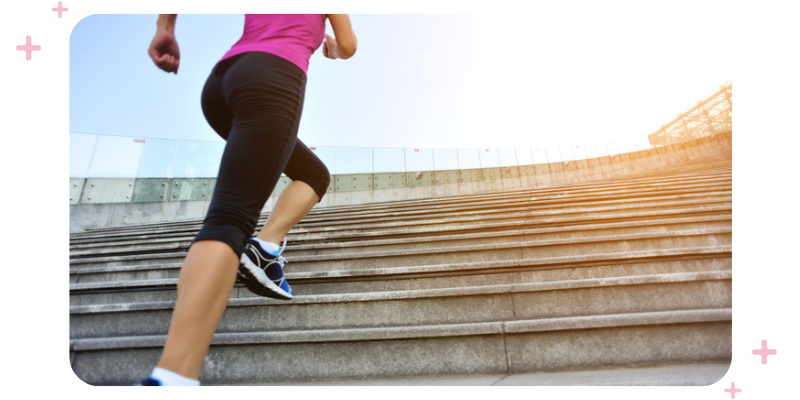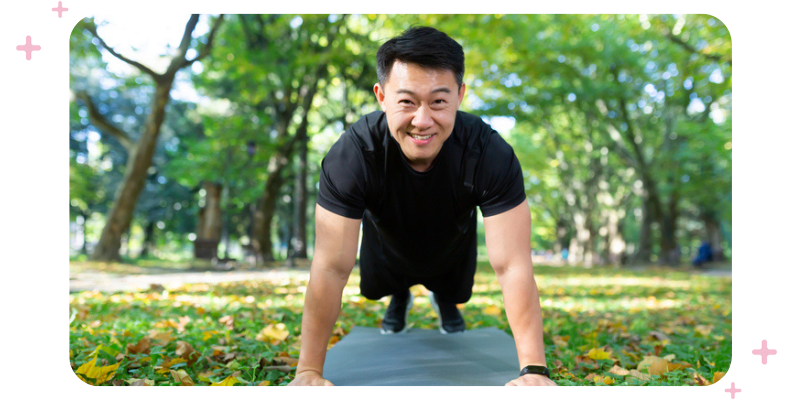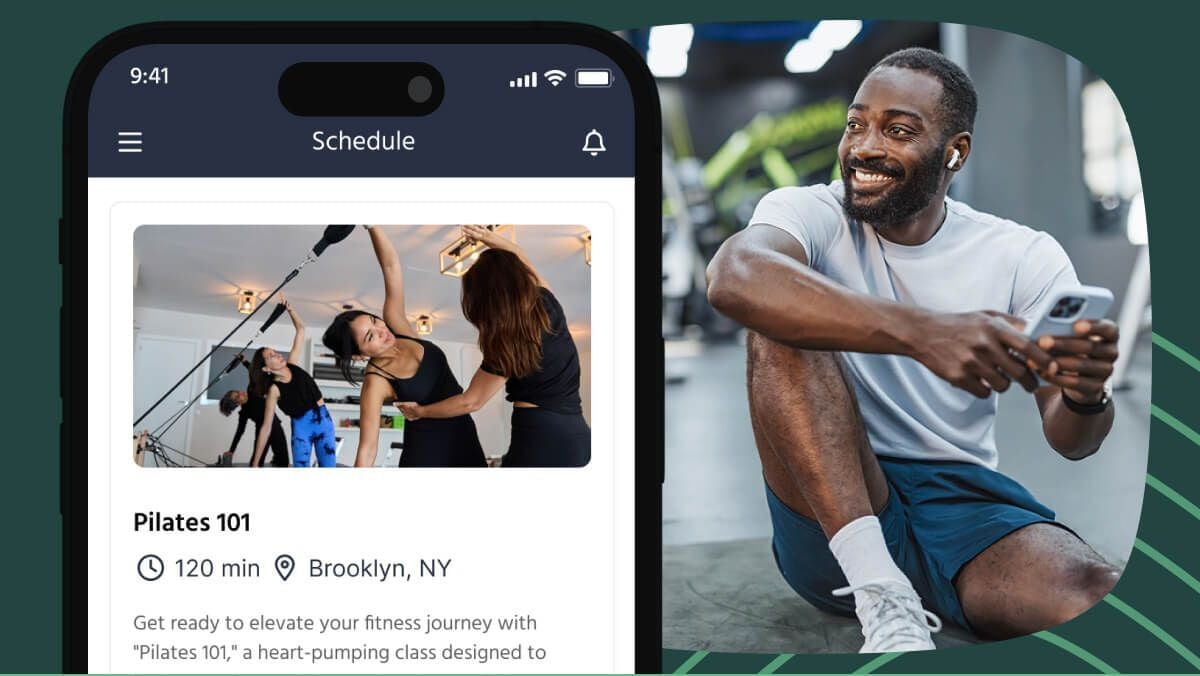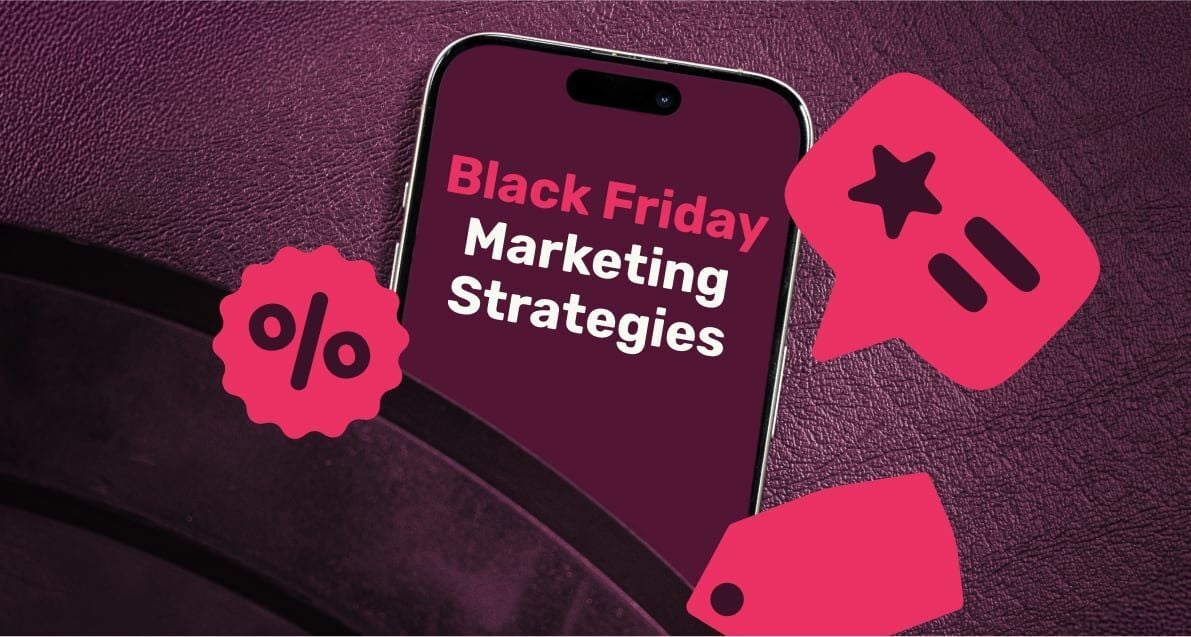Assessments at the gym are a great way to understand your client's fitness level and goals. A fitness assessment can measure the physical condition and progress of gym members, as well as help create a tailored plan for achieving individual fitness goals. It can also provide insight into how much work is needed to reach those targets.
The fitness tests also help to identify areas of strength and weaknesses, allowing the instructor to create an individualized program for each member better.
By carrying out specific tests and analyses, a fitness assessment can help inform both the client and their trainer what their capabilities are and how best to progress with training.

What is a fitness assessment?
Fitness assessment involves a series of tests done by a fitness expert to gather health data from your members. Questionnaires are also used to gather basic health information of data that will help assess the member's fitness further.
Doing a fitness assessment does not only test one but five fitness components. These components include muscular strength and endurance, flexibility, cardiorespiratory, and body composition. Some fitness assessments may also test the member’s balance, agility, mobility, and other skills.
Just like any other test, there is also a limitation to every fitness test. Some tests use no equipment or just a few, while others use a more expensive one. Anyone can be an assessor as long as instructions are followed. However, it is essential to ensure that you are doing the right fitness assessment for your members.
Prices of these assessments vary depending on the assessors and equipment used. Some trainers will even include a package and the assessment, which will be an additional cost.
What is the purpose of a fitness test?
A fitness assessment does not take a lot of time to get completed, but it helps the trainer a lot with what workout to give to each member. The purpose of a fitness test is mentioned below:
- Fitness assessments serve as the framework before curating a workout for your members. Results can be compared over time to see progress. The results of this assessment will be the basis of the workout program given to the member.
- It will help address issues involving the 5 fitness components and discover previous medical history.
- Create motivation for the members to do well in their workouts.
- Help the owner build a relationship with their clients through loyalty and increase the business's cash flow.
- Having a proper fitness assessment will help a fitness studio become more effective with all the health data gathered from the results.
How can fitness assessment help gym members get the best experience?
A fitness studio's success depends on the members' satisfaction. A gym should aim to provide a result-driven program to the current members to make them stay and attract new ones. Choosing the proper fitness test for a member can provide the best results for an individual, and it will make sure that their goals are achievable.
The fitness assessment will open many opportunities for a trainer to curate a more personalized program that will be effective for the member.
Through the results gathered from the assessment, the trainer will be able to come up with a more realistic goal to set, which makes it easier for them to track each member's progress.

Types of Fitness Assessments
Doing a fitness assessment is the key to starting every workout program. The tests and evaluations done before giving a program to your members play a big part in creating the proper workout for them, which will be effective.
General Health Evaluation
Using the PAR-Q or Physical Activity Readiness Questionnaire will allow the assessor to know the information enough for them to recommend a doctor consultation or give a specific workout routine to meet their member's needs.
Body Composition Testing
Body composition includes fat percentage, bones, and lean muscles. This test will measure the amount of fat in the body, which makes this test the most sensitive aspect of the fitness assessment.
Body composition testing is done to help the trainer understand more if the member is fit to do a specific workout routine or not. The test can include the following:
Waist Circumference: For a waist larger than the hips, the member is prone to type 2 diabetes and heart disease, which requires a specific type of workout and need to lose weight. Knowing the waist circumference is important to tailor the right workout for the member.
Body Mass Index (BMI): This is known as a common way of assessing a member's body composition using height and weight. This is a non-invasive approach to evaluate if the body fat percentage of a member is normal.
Calipers: A caliper is an instrument used to measure the skin folds in different body locations. This helps in measuring the fat composition of a body too. This is not a method to calculate the body fat percentage directly, but with a caliper, the assessor can come up with an estimate.

Cardiovascular Endurance Testing
This test measures the body's capability to keep up with different activities, including but not limited to swimming, jogging, cycling, and running. This activity will test the lungs and heart and measure if the person is getting enough oxygen while performing the activity.
To determine cardiovascular fitness following fitness tests are used:
Cooper Run Test: The 12-minute run test requires the member to walk or run as far as they can within the 12-minute duration. Results will then be evaluated based on the distance the member covers, given a specific amount of time. This test is popular to measure the cardiovascular endurance of a person.
Step Test: Many trainers prefer using this test which involves stepping up and down on a platform for 3 minutes. This is an aerobic test to increase the heart rate and evaluate the recovery rate in a minute after doing the rest.
Both tests are good for determining the cardiovascular fitness of a person. Which one to use depends on the trainer's discretion.
Strength and Endurance Testing
Carrying and lifting heavy objects will test a person's muscular strength. This test will measure the capacity of the member's muscles to do contractions for a longer duration. Without this component, the person will be weak and unable to recover from the pressure.
Using heavy weights to workout out is a great way to gain more strength. The more weights, the better! But do not overdo it or force yourself.
Some ways to test muscle strength and endurance are as follows:
Push-up Test: Letting a member do push-ups will test their physical endurance. Knee push-ups for those who are just starting and traditional push-ups for the already fit members.
Sit-up Test: This will test the strength of a person's abdominal muscles. With knees bent at an angle of 90 degrees, the range of sit-ups will differ based on the person's age.
Treadmill Test: Using a treadmill, this test will monitor the heart before and after the workout. Respiration rates will also be monitored with the oxygen supply when using the treadmill. This can also be done on a stationary cycle with a heart monitor or a blood pressure monitor to get the vital signs while exercising.

Flexibility Testing
Flexibility is the most ignored aspect of the fitness evaluation. But this is one of the most crucial tests where muscles and joints are tested because some people often experience muscle stiffness. This test will guarantee that the body can freely move without pain or stiffness. These tests below can be done to measure flexibility:
Sit and Reach Test - Attempting to reach your toes while sitting is one of the best flexibility tests. Those people who are very flexible can quickly get their toes, while others can't. This test will measure the flexibility of the hips, lower back, and legs.
Zipper Test - Shoulder mobility and flexibility is measured during a zipper test. This test will be measured through the distance of your hands.
Fitness Test Apps for Personal Trainers & Gyms
There are plenty of fitness test apps allowing gym instructors and personal trainers to assess their clients more efficiently. These apps offer a range of assessments that can measure cardiovascular health, strength, flexibility, body composition, and power. They also provide detailed analysis of each individual’s performance and progress in the form of graphs and charts.
Top 5 fitness test apps:
- Fitness Tests by ConnectedPE (Available for iOS & Android)
- Beep Test (Available for iOS)
- Fitness Test Pro (Available for iOS)
- Multi Stage Pacer Test (Available for iOS)
- Yo-Yo Test App (Available for Android)
Things to do before conducting a fitness assessment
There are several things to consider before doing a fitness evaluation. Personal trainers need to take account of clients’ age, medical history, past injuries, and desired goals. These are essential sets of information in making the right program for the member, as well as determining the proper fitness assessment to be done.

Age: The age will determine the intensity of the workout a member should do. The WHO updated the recommendation based on the age bracket of people working out:
- 18-64: People in this age bracket with no medical problems can do a minimum of 150 minutes to a maximum of 300 moderate workouts or at least 75 minutes of intense activity per week. A couple of days of muscle-strengthening workout that involves all muscle should also be done.
- 65 and over: A balanced workout of moderate or intense activity at least 3 times per week is suggested by WHO.
Past Injuries: People with past injuries are most likely to experience pain with the wrong workout; hence the personal trainer will limit the exercise to a specific intensity.
Creating a questionnaire at the start of the process is very important to figure out a member's past injuries or health conditions.
Their goals: Every person coming into a fitness studio has a plan. They will be expecting results. Therefore, the questionnaire will be put to great use in helping them achieve their set goals.
Knowing the goals of a specific member will give you the right workout program to see the progress they want, whether it is for muscle gain, weight loss, or preparing for a sport or competition.
How is a fitness assessment done?
Fitness assessments are usually performed by a personal trainer, gym instructor, or dietitian. The assessment is tailored according to the individual's goals and fitness level. It will typically include tests for cardiovascular strength, flexibility, and body composition.
Depending on the nature of the assessment, other tests may also be included, such as a power test or nutrition evaluation.
The fitness test will usually start with an interview to determine any health issues and to establish goals. During the physical assessment, various measurements are taken, such as weight, height, blood pressure, and body fat percentage. Depending on the client's goals, other measurements may be taken, such as heart rate, grip strength, and muscular endurance.
The data collected from the fitness assessment can then be used to create a tailored program specifically designed for the individual. The program will include various exercises that are appropriate for the client's current fitness level and goals. A fitness assessment should be monitored throughout the program to ensure that the client is progressing safely and effectively.
|
Test Type |
What to include |
What it measures |
|---|---|---|
|
General Health Evaluation |
This measures the client's general health. Also, allows the discovery of medical injury history. |
|
|
Body Composition Testing |
|
Measures your client’s body composition based on height and weight. |
|
Cardiovascular Endurance Testing |
|
Measures the oxygen supply of the heart and lungs during an exercise. |
|
Strength and Endurance Testing |
|
Measures the strength and endurance of a client to know where they need the most attention. |
|
Flexibility Testing |
|
Measures the client's flexibility and discovers any motion range issues, imbalance of posture, and foot instability. |
Variables that can impact the accuracy of your results
Fitness assessment involves many internal and external factors that could affect the results. When doing a repeat test, it is essential to lessen the factors that could affect the test results compared to the previous test. These factors are listed below:
- Time
- Weather
- Surrounding environment (noise, disruptions)
- A change of assessor
- Measurement accuracy
- Change in the test protocol
- Last meal of the member
- Emotions
- Hydration state.
- Member's health (recent colds/illness)
- Current member's medications
How often should you test your gym member’s fitness?
According to MayoClinic, it is recommended that gym members should retake their assessment after 6 weeks and then again every few months to ensure they are making progress and reaching their fitness goals.
Further reading:
How to open a gym
Gym membership pricing strategy
Best gym amenities
Gym marketing ideas
Gym promotion ideas
Marketing fitness studio on online directories
Personal Training Certification
Selling on-demand content
Frequently asked questions on fitness assessments
Are fitness tests an accurate way to measure fitness?
Fitness tests are the best way to check the fitness level of your members before starting a workout program.
What are fitness assessments?
Fitness assessments are a series of tests used to measure an individual's overall health and physical fitness level.
Why do fitness testing?
Doing a fitness test will help identify the strengths and weaknesses of a member. Also, it will help the trainer curate a more personalized workout program.
Which assessment provides an estimation of a client's cardiorespiratory fitness level?
Cardiovascular endurance offers an analysis of a client's cardiorespiratory fitness level.
What are the 6 most common fitness tests?
The most common fitness tests are:
- General evaluation
- Cardiovascular
- Strength
- Endurance
- Body composition
- Flexibility









